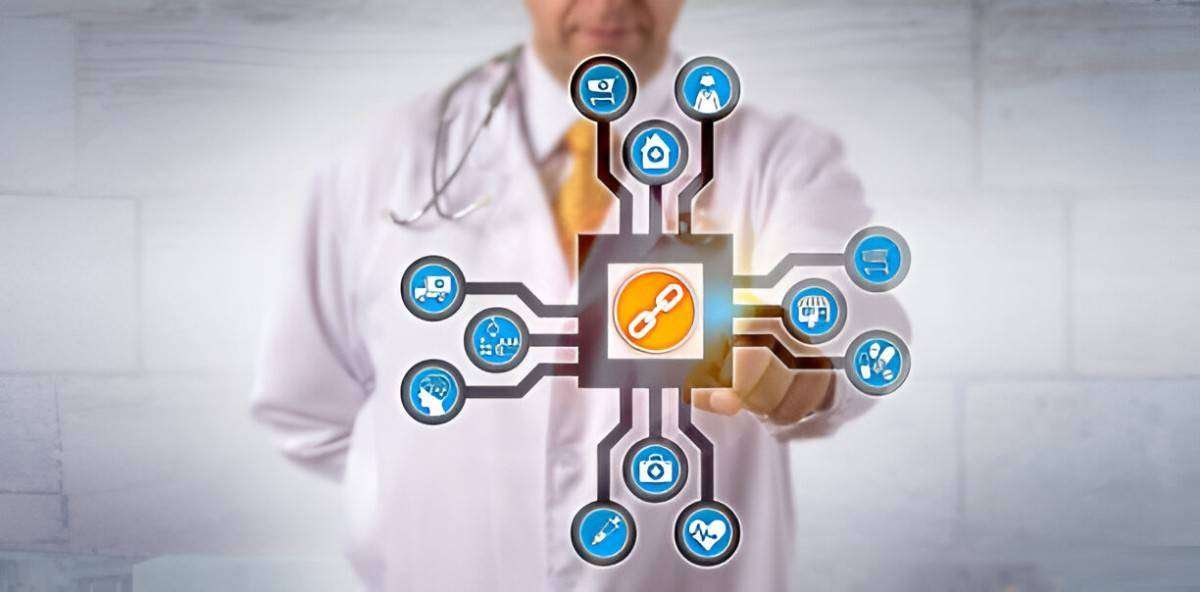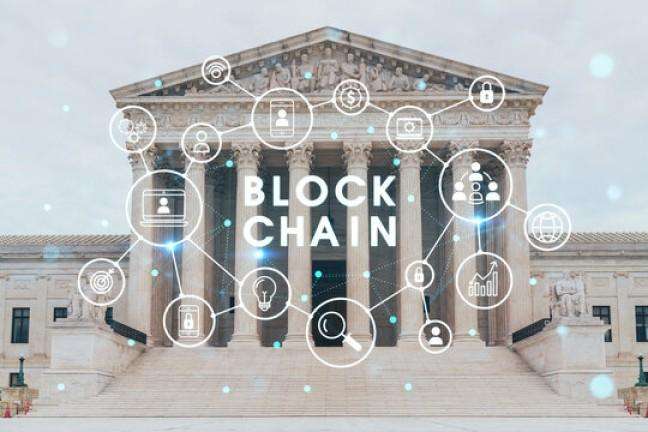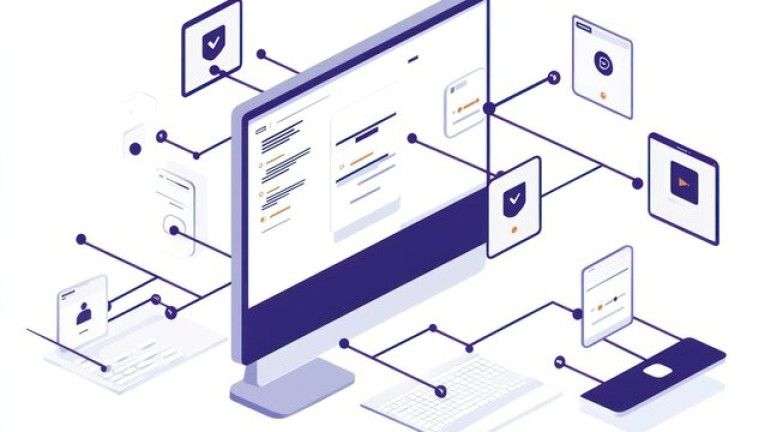Introduction
Healthcare has long faced challenges related to data security, interoperability, and efficiency. Blockchain, a decentralized and immutable ledger, has gained attention as a potential solution to these problems. I will explore how blockchain is used in healthcare, its benefits, limitations, and future potential.
Table of Contents
Understanding Blockchain in Healthcare
Blockchain technology records transactions across multiple computers. Each block contains a cryptographic hash of the previous block, a timestamp, and transaction data. This ensures transparency and security. In healthcare, blockchain can store patient records, track drug supply chains, and facilitate secure data exchange.
Benefits of Blockchain in Healthcare
Data Security and Privacy
One of blockchain’s strengths is its ability to secure data. Medical records stored on a blockchain are encrypted and accessible only to authorized individuals. This reduces risks associated with centralized databases, which hackers often target.
Interoperability
Healthcare systems use different formats for storing patient data. Blockchain enables seamless data sharing without compromising security. It creates a unified system where hospitals, pharmacies, and insurers can access and update records.
Fraud Prevention
Medical fraud costs billions annually. Blockchain’s transparency prevents unauthorized alterations of records, reducing fraudulent claims.
Supply Chain Management
Blockchain ensures the authenticity of drugs by tracking them from manufacturers to patients. This prevents counterfeit drugs from entering the supply chain.
Use Cases of Blockchain in Healthcare
Electronic Health Records (EHRs)
Blockchain enables patients to control their medical data. They can grant or revoke access to healthcare providers, ensuring privacy and security.
| Feature | Traditional EHRs | Blockchain-Based EHRs |
|---|---|---|
| Control | Managed by hospitals | Managed by patients |
| Security | Vulnerable to breaches | Highly secure |
| Data Sharing | Limited interoperability | Seamless exchange |
Clinical Trials
Blockchain improves transparency in clinical trials by preventing data manipulation. Researchers can timestamp each step, ensuring integrity.
Medical Billing and Claims Processing
Blockchain automates claims processing using smart contracts. This reduces administrative costs and ensures accurate billing.
Challenges of Implementing Blockchain in Healthcare
Scalability
Blockchain networks process transactions slower than centralized databases. Healthcare requires high-speed data processing, which blockchain must improve to meet demands.
Regulatory Compliance
Healthcare is heavily regulated. Blockchain solutions must comply with laws like HIPAA in the U.S. and GDPR in Europe. This requires standardization.
Integration with Legacy Systems
Most healthcare institutions rely on legacy IT systems. Transitioning to blockchain requires significant investment and technical expertise.
Blockchain Implementation: A Cost-Benefit Analysis
Implementing blockchain involves costs related to infrastructure, training, and compliance. However, the long-term benefits outweigh these costs.
| Factor | Cost | Benefit |
|---|---|---|
| Infrastructure | High | Secure data storage |
| Training | Moderate | Efficient processes |
| Compliance | High | Legal protection |
Future Outlook
Blockchain adoption in healthcare is growing. Governments and private institutions are funding research and pilot programs. I expect blockchain to revolutionize patient data management, clinical trials, and medical supply chains in the coming years.
Conclusion
Blockchain has the potential to transform healthcare by enhancing security, improving efficiency, and reducing fraud. While challenges exist, ongoing advancements in blockchain scalability and regulation will drive adoption. The future of healthcare will likely include blockchain as a foundational technology for data management.





